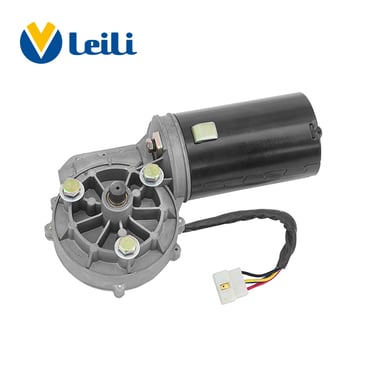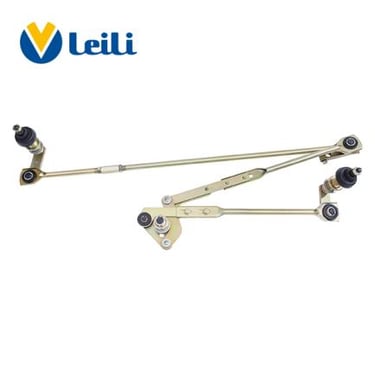The Working Principle of Bus Wipers
Bus wipers are an essential component of a bus’s safety and comfort features. It can ensure that the driver maintains a clear view of the road in various weather conditions. The working principle of bus wipers involves a combination of mechanical and electrical systems .
Sherry
7/28/20242 分钟阅读
Wiper Motor:
At the heart of the bus wiper system is the wiper motor, an electric motor that powers the wiper arms and blades. When activated, the motor drives the wiper linkage.
Wiper Linkage
A system of rods and levers is connecting. That translate the motor's rotational motion into the oscillating movement of the wiper arms. This oscillation causes the wiper blades to sweep across the windshield in a back-and-forth motion.
Wiper Blade
A flexible rubber material make the wiper blades. That presses against the windshield to effectively clear away water and debris. The design of the blades ensures that they make consistent, preventing streaks and improving visibility.
Washer
Additionally, the wiper system integrate with a windshield washer system. Windshield washer system sprays a cleaning fluid onto the windshield to assist in the removal of stubborn dirt or grime. The fluid pump through nozzles mounted near the base of the windshield, where it distribute evenly across the glass surface.
Wiper Switch
A switch on the bus’s dashboard can control the wiper system. This switch allows the driver to adjust the wiper speed and activate intermittent wiping functions. In many modern buses, the wiper system also includes a rain sensor. So the buses can active automatically the wipers when it detects rain.
Overall, the effective functioning of bus wipers is crucial for maintaining clear visibility. Particularly in adverse weather conditions, thereby contributing significantly to road safety and the overall driving experience.








